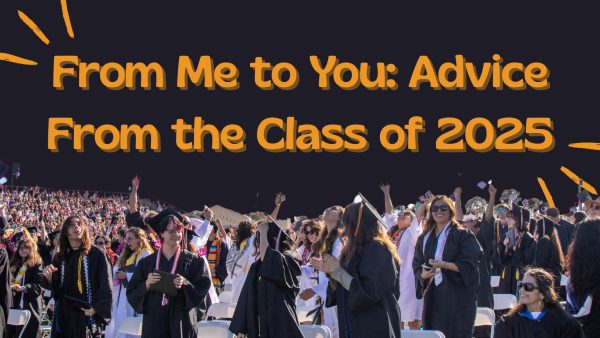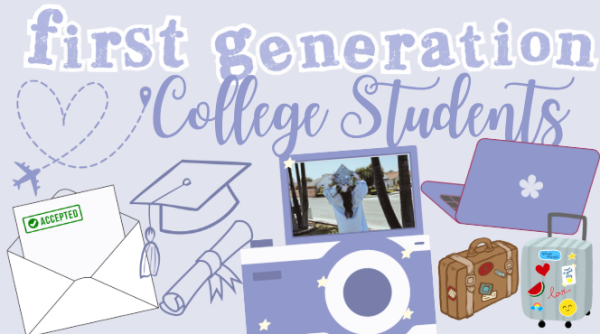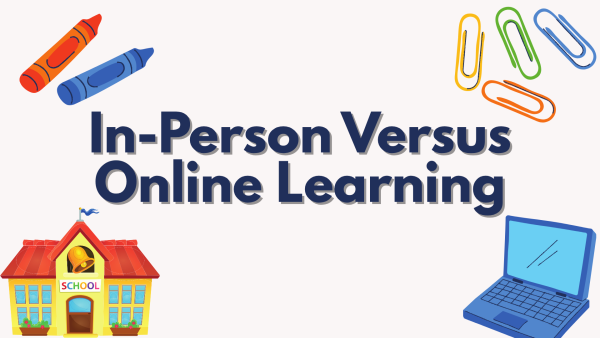The Art of Argument: How to Have a Generative Conflict
No one enjoys fighting with a loved one, friend, or coworker, but oftentimes these experiences are necessary. Living life without conflict is virtually impossible, and even if you accomplish this, it’s very damaging to relationships and ultimately prevents growth. Though these conversations are uncomfortable, when utilized correctly, they can lead to leaps and bounds in understanding and new ideas.
Generative conflict, the concept of having a set environment for people to have an argumentative discussion with the preconceived goal of producing a solution or sense of understanding, offers a great solution. Rossana Harshman, an English teacher at Huntington Beach High School, trained in restorative practice and intervention, defines generative conflict as “a way to engage in dialogue about controversial topics and/or conflicts” with a goal of “[coming] to new, heightened understandings.”
Doctor Teressa Neighbors, director of Diversity, Equity, and Inclusion (DEI) Undergraduate programs at the University of California, Irvine (UCI) describes generative conflict as “a way to address issues of difference[s] in ways [of life] that open up possibilities for understanding each other better.”
So how do you have a generative conflict?
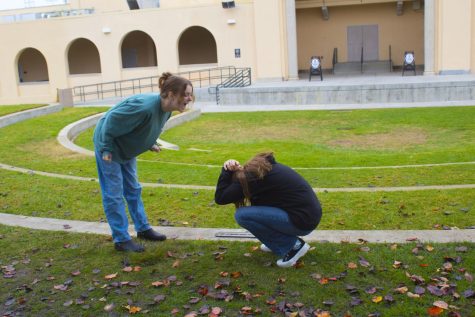
These conversations are intended to be safe spaces where judgment is put aside and openness underlies reactions. Though this is not meant to be the everyday norm, it has proven to be a useful practice in personal relationships, classrooms, and workplaces alike. Generative conflict is the practice of “moving past conflict-avoidance and unhealthy attachment to conflict,” Neighbors says.
First off, why should you engage in conflict? When is it appropriate or even necessary? Harshman said, “situations/conflicts that polarize two opposing groups or individuals call[s] for generative conflict. i.e. discussions about politics; public health–which shouldn’t be a conflict but has turned into one [following] Covid 19; race and race relations; equity; etc.”
To begin a generative conflict, you need to begin with a safe environment. “Starting the discussion with agreements and/or guidelines is crucial,” Harshman says. “If the conflict begins with a clear set of agreements, people can be held accountable and can, hopefully, engage in [a] productive discussion.”
Neighbors argue that “safe” might not be the best way to describe it. “I’m not sure we always can set a “safe” environment,” Neighbors said. “When we use the word safe we think of guarding ourselves, protecting ourselves, and that’s when we shut off.”
Instead, Neighbors recommend coming at the conversation from a place of trust. She said, “The more you can have those little shares and those little ways for folks to connect to each other and get to know each other better then those are the building blocks to start those conversations.”
These agreements include establishing clear boundaries, a set topic, and a location that feels comfortable. Having clear communication about these agreements before the event begins is essential to upholding the integrity and productivity of the discussion. If you are doing this with a group of people such as your family or a team at work, it may be useful to assign roles such as a facilitator, who is in charge of keeping the conversation on track, or a mediator, who steps in when emotional subjects get out of hand. Having roles can be a great way to create a peaceful conclusion to a conversation. “There should be a facilitator and everybody should acknowledge that that facilitator has the authority to say, ‘okay, we’re going to take a break’ or ‘that’s enough for today,’” Neighbors said.
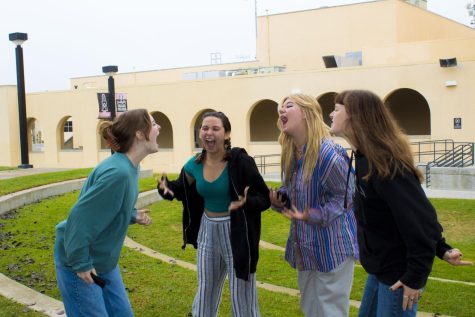
During the conversation, it is important that each person remains open to other points of view and expresses any doubts or disagreements they might have. This is not a space to people-please or agree for the sake of agreeing. With that said, compromise and respect should also be maintained. “If we approach conflict determined to be ‘right,’ we will never be able to see past our own viewpoint,” Harshman says.
Balance is key for generating positive results by remaining open with your thoughts and emotions as well as fully considering the opinions and feelings of others without a preconceived notion or agenda.“Two of the most important parts of dealing with conflict in any productive way is to be open-minded and to have trust… without a sense of trust and safety, productive conversation and/or progress will fail to exist,” says Harshman.
Empathetic, active, and open listening is a crucial part of maintaining the healthy environment initially set up. Without this, the purpose of this kind of constructive conflict is defeated. When we are absorbed in our own emotional experience, it can be difficult to see the perspective of someone else. Recognizing that everyone’s feelings are valid, even if the reasoning behind them is not, is incredibly important. Though this may be difficult, the mutual agreement of openness made before the conflict must be honored in order to obtain positive results. In terms of ending the conflict, Neighbors recommends “looking for the point where [the conversation is] no longer generative.”
With that said, you must also recognize that differences in opinion and strain are part of the process. “That’s the reason it’s called conflict, there is gonna be some tension, there is gonna be some disagreement,” Neighbors says.
So where can we practice this? How can we implement it into our daily lives?
“We should learn to apply this to the workplace, our school environments, [and] pretty much anywhere [else],” Neighbors says.
The classroom is a great place to start this process and give students tools they can use for the rest of their lives. “I think young folks know how to have this generative conflict and how to conclude it even if they don’t end up agreeing in the end; they know how to work through it in ways that may be better than older folks,” she says. As a teacher, Dr. Neighbors often uses generative conflict in their classes. “This could be so useful in the classroom,” she says. “Avoiding conflict actually slows down productivity or creativity [so] if we can open up dialogue and be able to disagree in productive ways and talk through those disagreements, [we can] open up ideas, [and] share creative ways to look at something differently.”
To start off, students, as well as teachers, should work to build a trusting connection. “You need to first start with building some relationships and building some sense of belonging and community and trust,” Neighbors says. “Have regular activities in the classroom where your students are sharing things and getting to know… each other.”
They also recommend teachers have specific prompts to start.“Especially as a facilitator or teacher…who is starting to introduce this [concept] for the first time, it would probably be a good idea to have a very specific prompt or idea of what they’re going to engage their students in and [to] start with something that might not be too heavy or too triggering,” they say.
Family interactions, as well as friendships, also provide an optimal opportunity to practice this skill and improve interfamilial relationships. Because most people spend so much time with their families, having a strong relationship is integral to the well-being and mental health of its members. “I think we tend to have more open communication in most families or friendships,” Neighbors says.
Being with people we know well puts us a step ahead in building the right environment and cultivating a sense of vulnerability. “Making it a habit of taking time to have conversation and dialogue” can be an essential practice in improving your relationships and resolving issues.
By implementing this practice into intimate relationships, classrooms, and work environments, you can take leaps and bounds in progressing creatively and understanding new concepts. Even if you do not necessarily follow a specific structured conversation with roles, simple ideas like setting boundaries and focusing on active listening can transform arguments into something magical and productive.
Your donation will support the student journalists of Huntington Beach High School. Your contribution will allow us to cover our annual website hosting costs.
Thank you for supporting our program!



